ADVERTORIAL • December 2019
Winter sun special: The Spanish islands
If you’re in the mood for a spot of winter sun – without the long haul – head to one of Spain’s many islands. Hispanophile and Club contributing editor, Ross Clarke knows there’s an island for every type of traveller, whether you’re on the search for adventure, fine food, wellness or wonder
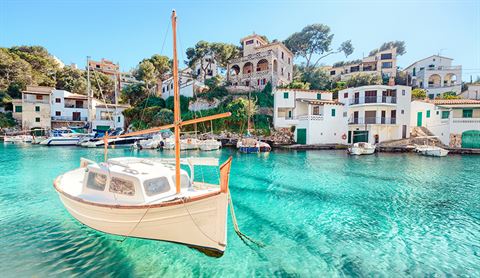
For sightseeing seekers: Mallorca
If you had to describe Mallorca in one word, ‘views’ wouldn’t be a bad one, because from the bright stonework buttresses of Palma Cathedral to the turquoise coves of Cala Llombards, the photo opportunities here are endless. Hire a car and head up the west coast for a little of everything the island has to offer. Cutting through the vast mountains of the Serra de Tramuntana, you’ll stop by charming – relatively tourist-free – towns such as Valldemossa, Deià and Sóller, before winding down to the unspoilt coast with spectacular Mediterranean views at every turn. For the most idyllic setting and Instagram-worthy shots, the coves of Sa Calobra and Cala Tuent are spectacular.
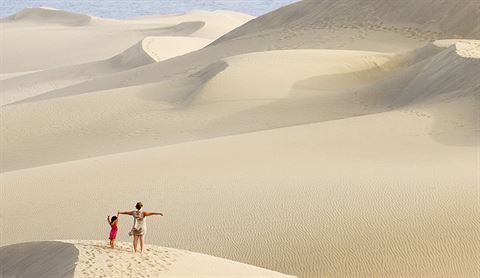
For family frolickers: Gran Canaria
A continent in miniature, Gran Canaria is ideal for delighting children (and big kids) of all ages. The south of the island’s desert-like dunes (or any other of the 13 Blue Flag beaches on the island) are always fun for the kids as well as Aqualand Water Park or the Angry Birds Activity Park. There’s no shortage of family-friendly hotels and resorts either. Take Radisson Blu Resort, with its four pools, kids’ club, padel court and spa in Playa de Arguineguín. Alternatively head north to the island’s capital to paddle in the shallow waters of Las Canteras beach, eat fresh fish with papas arrugadas (salty potatoes) or retreat from the heat inside the interactive Elder Science Museum.
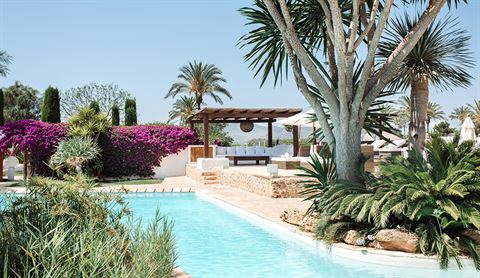
For wellness wanderlusters: Ibiza
Ibiza might not be the first place that comes to mind for wellness, with its renowned club scene hosting the world’s best DJs, but when the lively summer crowds head home, the island shows its true colours: tranquillity, beauty and nature. Take solace and respite at Atzaró Agroturismo in the centre of the island. Not only do its four-postered rooms ooze calm, but with an impressive range of yoga and meditation classes, and a neatly-appointed spa with soothing treatments, it makes the ideal switch-off retreat. For something sustainable, try La Granja. It’s a farm, guesthouse, restaurant and retreat where you can learn about communal farming and slow-food, while dining out on a truly Mediterranean diet thanks to the farm’s biodynamic produce.
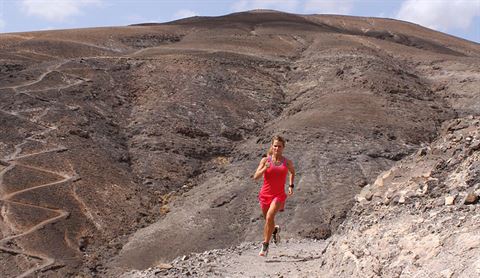
For active adventurers: Lanzarote
Windsurfing, golf, triathlon, diving, sailing, trekking, running… the list of sports you can try in Lanzarote is endless, which is why it’s one of the top destinations in Europe for active travellers. While quiet roads and trails make it easy to explore by bike or on foot, it’s the landscape that makes Lanzarote so thrilling. Its volcanic lava provides a truly unique training ground, and the clear waters and ocean breezes mean watersports are well catered for. Club La Santa is well known for its sporting and activity credentials but there are plenty of other places for recovery time too, such as Occidental Lanzarote Mar with its hypoxia room and Bkool cycling simulator. If you can allow yourself one small indulgence, make it a cool glass of white wine from one of the island’s award-winning bodegas.
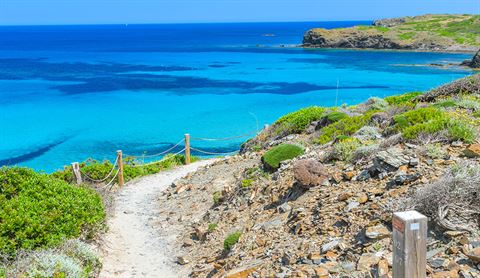
For escapism enthusiasts: Menorca
At just under 270 square miles, the island of Menorca is the perfect hideaway. Long stretches of sand fringed by fragrant pine trees; rural hills dotted with hints of its ancient past, and quiet yet captivating cities all lend themselves to a delightfully low-key getaway. Pack your walking shoes and while away the hours along any of the 20 stages of the Cami de Cavalls – a coastal path that loops the island and dates back to the 1300s. Once you’ve worked up an appetite, refuel in the terrace restaurant at Binifadet Winery and sample some local vino. Catch the last few rays at Cala Binibèquer before heading out for tapas at Can Vermut. Order a plate of sobrasada (local chorizo) and queso Mahón (Menorcan cheese) a chilled vermut and… relax.
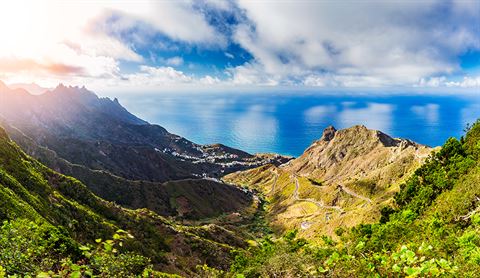
For food lovers: Tenerife
With its year-round temperate climate, Tenerife has long been a haven for both travellers and agriculture. The island’s northern slopes are dotted with farms and vineyards producing standout wines and cheeses. Historically, such producers would open pop-up restaurants (guachinches) during the year, inviting visitors and locals to sup wine and feast on grilled meat and potatoes. And the island is still home to plenty of guachinches – although these days they tend to be less associated with wineries. If you’re after something a little less rustic, however, the island is also home to no fewer than five Michelin-star restaurants including Nub, which serves a fusion of Chilean, Italian and Canarian cuisines and is located in the historic colonial city of San Cristóbal de La Laguna.
This article has been tagged Advertorial, Destination
More from previous issues

Seven enchanting ice-skating rinks
Winter brings ice, and ice brings fun, so where better to get your skates on than at any of these ice-skating rinks, from Canada to Hungary

The best of BA news
A new route launch to Turkey's Turquoise Coast is announced for spring 2020, the A350 takes off to Toronto, plus the airline commits to offsetting carbon emissions on domestic flights
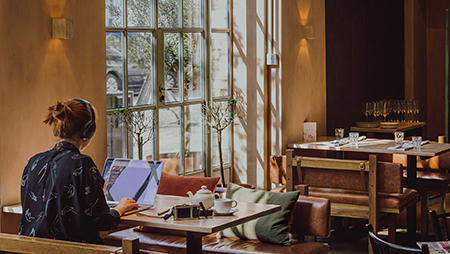
Travel things we love this month
The Club’s happy band of editors have a few tips up their collective sleeve to make work and travel far more rewarding – and hassle-free
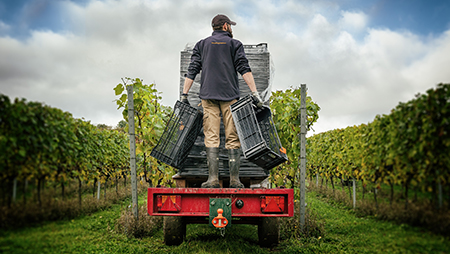
How do you... choose the wine list?
On cloud wine: British Airways' wine and beverage manager shares the secrets of choosing the perfect tipple at 30,000ft
